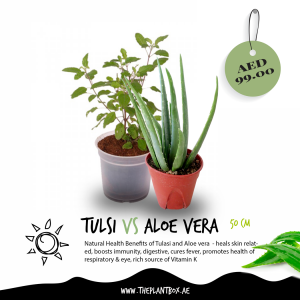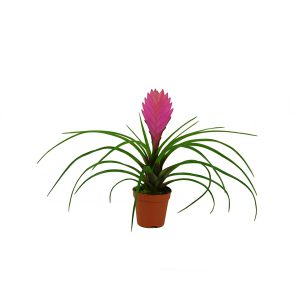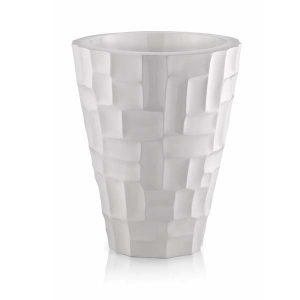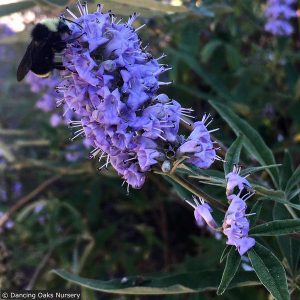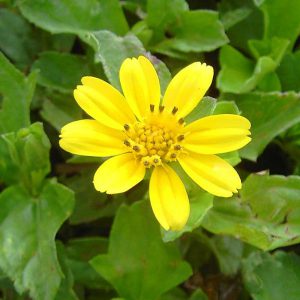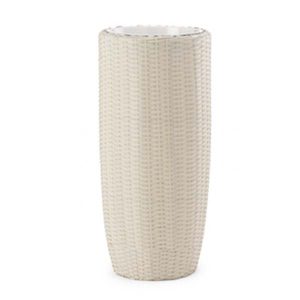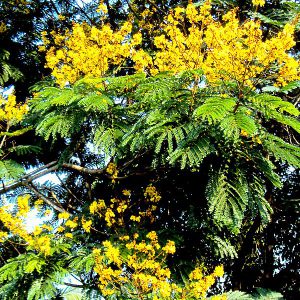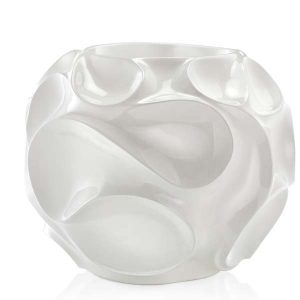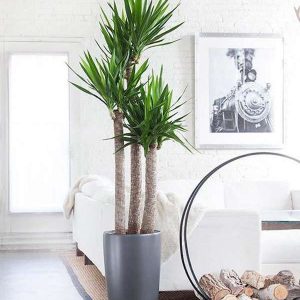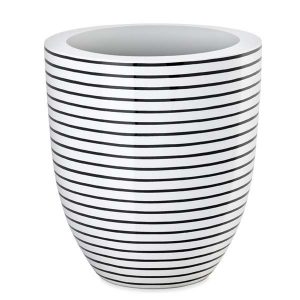Shop
Thulsi Vs Aloe Vera
AED 150.00 Original price was: AED 150.00.AED 99.00Current price is: AED 99.00.Add to cart
Thulsi Vs Aloe Vera
Natural Health Benefits of Tulasi and Aloe vera – heals skin related, boosts immunity, digestive, cures fever, promotes health of respiratory &
AED 150.00 Original price was: AED 150.00.AED 99.00Current price is: AED 99.00.Add to cart
Tillandcyanea pink
The Pink Quill Plant, or Tillandsia cyanea, is one sweet little plant. Although these are much smaller than the other commonly sold bromeliads, like the Aechmea that I showcased last week, the size of their flower makes up for that. It’s not only a very easy and tough houseplant, but it handles dry conditions like a champ. This is all about Pink Quill Plant care and the things you need to know to keep it keepin’ on.
In case you didn’t know, tillandsia is the genus for air plants. What makes this bromeliad so cool, along with its big bloom in relation to the size of the plant, is the fact that it’s sold as an air plant as well as in a pot. It does equally well growing either way and I’ve even seen it in large (2′) kissing ball form.
AED 45.00Add to cart
Tillandsia bulbosana – (Air plant )
The Tillandsia Bulbosa is also one of the easiest air plants to care for. It does not require any soakings, only mistings 2-3 times a week, more often in hot and dry conditions like that of in the desert. In the summer months, when it is a bit warmer, the Bulbosa can grow quite rapidly.
It also does extremely well in low light conditions as well as that of bright diffused or indirect light
The Tillandsia Bulbosa is native to Guatemala, Belize and Central America.
Perfectly paired with Himmeli: The DimonThed and The Heart, and with all of the Wall Sconces.
AED 40.00Read more
Tillandsia caput – medusae (Air plant)
Anyone who dares to adapt to its unconventional attitude, will easily meet the few requirements of this tillandsia, even as a debutant to hobby gardening. This care guide explains practically all the relevant details from the ideal location to the correct way of tying up, watering properly, fertilizing, overwintering and propagating.
Its distinctive characteristics include the fact that a Tillandsia caput-medusae acts as an ant plant in the wild. This does not mean that ants support its propagation by transporting seeds. In point of fact, the Tillandsia establishes a symbiotic cohabitation with ants by offering them a place of retreat. In return, the insects make a contribution to care by repelling pests and providing a natural fertilizer by the means of their faces.
AED 40.00Read more
Tradescantia spathacea sitara
Moses in the Cradle is a popular house plant, related to the Wandering Jew plant. You’ll find that it’s just as easy to grow.
Dark-green, lance-shaped leaves with purplish-red undersides make this a beautiful house plant year-round. You can keep your plant indoors. But if you move it outdoors for the summer, keep it shaded from direct sun. Also, check the soil every couple days so that it doesn’t dry out.
Pot it in a small decorative container for a stunning table accent. A newer variety, Rhoea discolor ‘Variegata’ is even more spectacular, with striped foliage in burgundy, pink, green and cream.
It blooms any time of year. Small, white, 3-petaled flowers grow in the leaf axils, nestled in the boat-shaped leaves, giving this plant its common names, Moses in the Cradle, Moses in a Boat and Boat Lily.
Let the sun shine in. Grow your plant in bright light year-round for good foliage color and flowers. It will tolerate lower light, but the leaves will be more green than purple.
AED 35.00Read more
Tristellateia australasiae
An attractive ornamental liana that is widely grown for its beautiful and showy trusses of bright yellow flowers.
Mostly cultivated in the tropics or sub-tropics to lend beauty to the landscape. Its rampant and vigorous growth make it ideal for trellises, arches and pillars at porches, or as a hedge on fences, and even espaliered on walls.
AED 70.00Add to cart
Tulip
Tulip flowers are usually cup-shaped with three petals and three sepals. There’s a tulip for every setting, from small “species” tulips in naturalized woodland areas to larger tulips that fit formal garden plantings from beds to borders. The upright flowers may be single or double, and vary in shape from simple cups, bowls, and goblets to more complex forms. Height ranges from 6 inches to 2 feet. One tulip grows on each stem, with two to six broad leaves per plant.
AED 55.00Read more
Tulsai Basil
It is important to pinch tops of Tulasi plant when they are forming four or six pairs of leaves, this will make the plant grow bushier. Even the flower buds need to be removed when they appear. It grows more lush and full when seed production is prevented.
It is also important to remove the faded, wilted or discolored leaves to encourage the growth of new foliage. Regular removal of old leaves and flower buds keep the plant healthy.
AED 25.00Add to cart
Vinca Plant
Vinca is also popularly known as Madagascar periwinkle or myrtle. These flowering plants look beautiful and have attractive shiny and green foliage and delicate-looking flowers. Vinca flowers bloom during the entire summer and till the frost. They are also easy to grow and care for flowers.
There are around 12 flower types of vinca from which you can choose. There are some white-colored vinca which have different colors at the center like pink or dark red. Other varieties of vinca come in maroon, red, pink, and blue colors.
AED 96.00Add to cart
Vitex Anus (chaste tree)
Vitex (chaste tree, Vitex agnus-castus) blooms from late spring until early fall with long, upright spikes of pink, lilac and white flowers. Any shrub or tree that blooms all summer is well worth planting, but when it also has pleasantly fragrant flowers and foliage, it becomes a must-have plant. Chaste tree garden care is easy, but there are a few care essentials you need to know to get the most from this outstanding plant
AED 20.00Add to cart
Vitis vinif era (graape vine)
Choose a location for Grapes where they’ll receive sun all day long for the entire growing season, but avoid low-lying areas where cold air settles. In most parts of this country, a sunny south-facing slope is ideal. Good air circulation is important, too, as it reduces fungal diseases such as powdery mildew.
AED 200.00Read more
Vygic (lamprnthus)
Lampranthus is a fairly large genus with 100-150 species coming from South Africa. It provides some of the most spectacular displays of bright flowers from the succulent world, and is widely used as ground cover, either annual or perennial as the climate allows. Several species are used for landscaping and vary from shrubby to trailing, and they also for the flowering period. All the species tend to become woody as they age.
AED 135.00Add to cart
Water apple (syzygium samarangense)
Water apple is a tropical fruit plant that comes from Southeast Asia, are found in Indonesia and Malaysia. The name used to refer to the water apple two plants have different species, namely aqueum and Syzygium samarangense. Both of these plants have the shape of the tree and fruit are similar, it is difficult to distinguish.
AED 125.00Add to cart
Wedelia (spagneticola trilobata)
Wedelia is a plant that has some very mixed reviews, and rightly so. While praised by some for its small, bright yellow flowers and ability to prevent erosion, it is also reviled by others for its aggressive spreading tendencies. Keep reading to learn both about growing wedelia groundcover and the dangers of wedelia propagation.
AED 135.00Add to cart
white spiked cactus
Cacti are great plants for busy people who want something to sit on a sunny windowsill, but don’t want to spend too much time looking after them.This beautifully rounded, glossy green cactus has distinct deep ribs running down the plant, with clutches of golden yellow radial spines protruding out. Native to Mexico this cactus in it’s natural habitat can grow to a large plant with funnel shaped yellow flowers from mid-summer but over here it is unlikely to flower, and really it is an attactive plant just as it is. Please note that the pot in the photograph is not supplied with the plant (which is sent out in a black plastic pot). They do however make excellent potted plants, and if you wish to pot yours up, we do have a wide range of pots on our website to choose from.
AED 0.00Read more
Widi chilli (capsicum annuum)
Sweet Peppers – Different varieties of sweet pepper grow to reach different sizes, look out for those labelled ‘dwarf’ or ‘compact’ plants, which are bushy and grow to around 25cm tall. Non dwarf varieties can grow to between 60 and 100cm tall. The fruit of sweet peppers vary in shape, size and colour from variety to variety, shapes include conical, square and bonnet-shaped, and colours include green, yellow, orange, purple and white.
AED 40.00Add to cart
Wild jasmine (clerodendrum)
The flowers from the Jasmine plant have a very nice fragrance and is the main reason why many people cultivate it. Others cultivate them for their berries, which turn black when ripe.
Most Jasmine species are evergreen, but some of them have leaves that fall off during the autumn. With white, yellow, or in a few instances, red flowers, the plant stands out and is very attractive.
Different species have different types of leaves. Some have simple leaves, others trifoliate leaves, and still others have pinnate leaves.
AED 135.00Add to cart
Wrighta antidysentrica milky way – snawflake
The leaves are used in treating several skin disorders, psoriasis, nonspecific dermatitis etc. The bark is used as an adulterant for the well known drug, Holarrhena antidysenterica.
AED 50.00Add to cart
Yellow panciana (peltophorum)
These trees are fast growers to 40 feet. No two grow alike, but the general rule of thumb is to expect a broad-spreading crown. Place the tree in an area of full to part sun with this eventual growth in mind.
Peltphorums are cold tolerant, growing anywhere in South Florida. It’s the only cold hardy tree of the three look-alikes that include jacaranda and royal poinciana.
AED 350.00Add to cart
Yucca Elephantipes
The Yucca plant is one garden and houseplant which will be quite happy with as much sun as you can give it. Indoors a South facing window would be the first choice. Whatever your light situation try to provide as much as possible.
Less bright conditions will slow growth considerably (which may be an advantage) however very shady and dark spots must be avoided to maintain a healthy looking plant.
Water your Yucca liberally during warmer months of the year. Like all plants it’s impossible to give rigid watering intervals, but if conditions are exceptional (bright, warm etc) you could be looking to do this as frequently as once a week or more. The soil should dry out a little between watering’s. In Winter a lot less water is required.
AED 320.00Add to cart
Zamioculcas zamiifolia
Zamioculcas is a genus of flowering plant in the family Araceae, containing the single species Zamioculcas zamiifolia. It is a tropical perennial plant native to eastern Africa, from Kenya south to northeastern South Africa.
Bright light is good but not essential. The zamioculcas zamiifolia grows fine with low levels of light, but it’s best to avoid direct sunlight.
Allow the soil to become dry at the top to the touch between watering and do not over water. It’s best to water this plant less than too much because over-watering can cause stem and rhizome rot.
Most well draining potting mixes will suffice that contains a high amount of perlite or sand within the mix (you can add more perlite or sand if needed to a mix that is bought). Good drainage holes at the bottom of the pot is essential.
AED 45.00Add to cart

